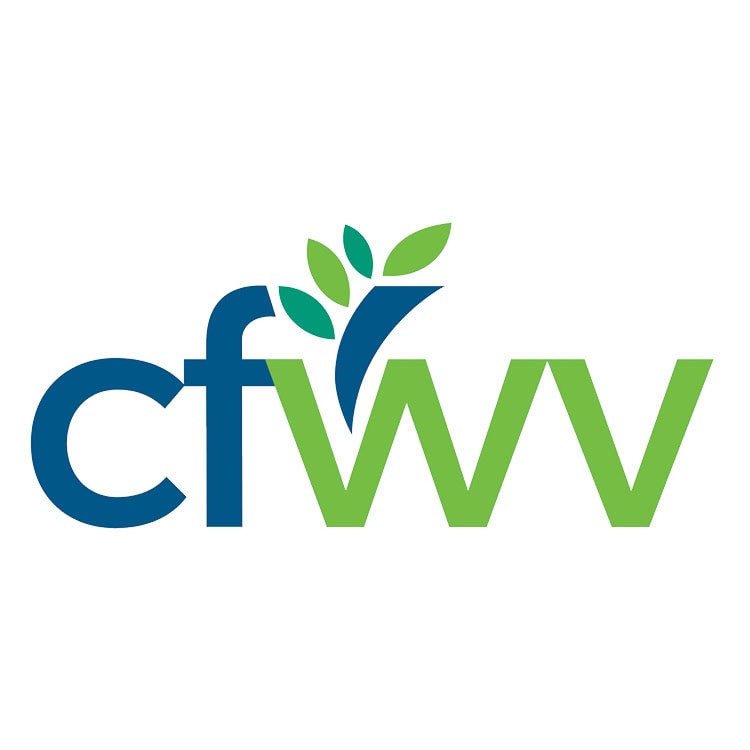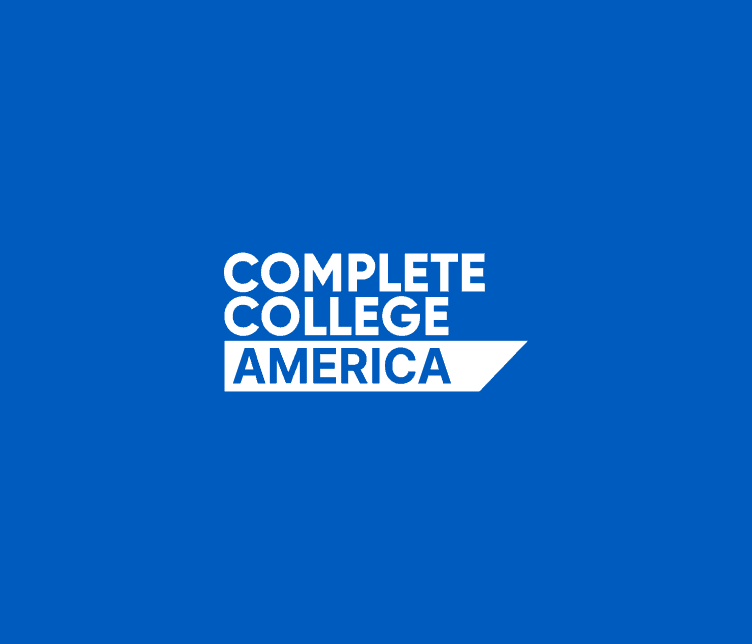LevelUpWV is a statewide dual enrollment pilot with a simple promise: give high school students a clear, affordable path into college programs that lead to good jobs, and more of them will finish what they start. This kind of practical, systems-level strategy is exactly what Complete College America champions, and early results in West Virginia are compelling.
How LevelUpWV Works
In 2023, the Legislature created a four-year, state-funded dual enrollment pilot that lets high school students take college courses that count twice: toward high school graduation and toward a postsecondary credential. The law ties those dual enrollment courses to approved career pathways (e.g., healthcare, IT, education, advanced manufacturing, construction, agriculture, and more) and authorizes the Department of Commerce to approve additional pathways aligned to workforce demand. Any secondary student may participate—including homeschool, charter, microschool, learning pod, and private school students—provided that they meet baseline criteria.
Affordability is central to the program. State rules ensure there is no tuition cost for participating students, with institutions reimbursed $75 per credit hour, a mechanism that keeps access broad while incentivizing colleges to build strong offerings. Additionally, wherever practical, institutions are directed to use open educational resources (OER) and other low-cost materials, reducing financial barriers that can derail momentum for students.
The pilot has also been intentionally designed with sustainability and accountability in mind. Colleges and school districts formalize partnerships through MOUs, a nuts-and-bolts step that clarifies responsibilities and keeps offerings aligned. Additionally, the West Virginia Higher Education Policy Commission (WVHEPC) must report annually to the Legislative Oversight Commission on Education Accountability on participation, credits earned, costs, growth, and recommendations about continuing beyond the pilot period—exactly the kind of public learning loop states need to refine good ideas.
Impact: Two Years In
In its first year, LevelUp reached 4,600 students from 52 of the state’s 55 counties through courses offered by 16 public universities and community and technical colleges. Early results from the 2024–25 academic year show more than 6,700 students taking part—a significant second-year expansion and an 11.5% increase in dual enrollment through the state’s public universities.
Jodi Oliveto, Senior Policy & Program Officer, with WVHEPC, sums up the impact of the pilot best: “The LevelUp pilot program provides West Virginia students with early access to college courses and increases affordability, supporting our mission to help students achieve their postsecondary educational goals in less time and at a lower cost. Through LevelUp participation, WV students are advancing their academic progress while simultaneously addressing regional workforce development needs.”
Why This is Smart Completion Policy
At Complete College America, dual enrollment is a core strategy because it advances Purpose, Momentum, and Support—the pillars that move students to and through college.
- Purpose: West Virginia anchors courses in approved pathways connected to in-demand careers. Students aren’t sampling random credits; they’re taking the right classes as on-ramps to programs that lead somewhere.
- Momentum: Students earn real college credits in high school (and many start in college-level English, math, and introductory program courses). That early progress shortens time to credential and normalizes college expectations.
- Support: The policy removes tuition and most materials costs, relies on formal MOUs to keep K–12 and higher ed coordinated, and encourages OER use to lower hidden expenses. These are practical supports that prevent stop-outs.
What Your State Can Learn from West Virginia
West Virginia’s approach offers a clean blueprint for leaders who want impact without reinventing the wheel:
- Pay institutions directly: Wherever possible, keep it free for students. A simple, predictable reimbursement rate reduces administrative burden and invites colleges to build capacity at scale.
- Anchor the courses in pathways: Clearly defined pathways and outcomes, managed in collaboration with workforce partners, reassure students and families that these classes count.
- Lean on MOUs and reporting: Formal K–12/higher-ed agreements and an annual report to the legislature create the muscle memory that keeps programs durable beyond a single champion.
The Bottom Line
LevelUpWV is a completion agenda in action. As CCA works with Alliance states to scale proven strategies, West Virginia offers a straightforward lesson: when dual enrollment is coherent, cost-sensitive, and statewide, students move faster and farther.
If you’re a state leader looking to accelerate results, start here: pick your pathways, fund the credits, publish the rules, and measure relentlessly. West Virginia is showing how to do it.
For more information about LevelUpWV, visit cfwv.com/college-planning/levelupwv/.


